 |

|
|
|
|
|
 |
|
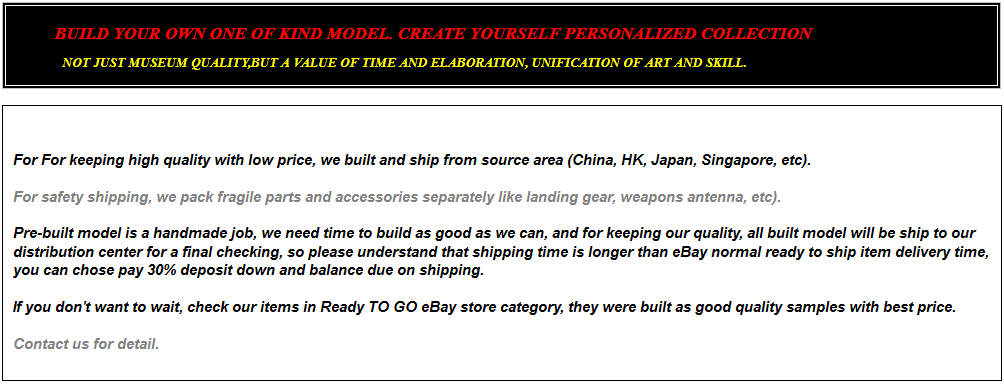 |
|

|
| Item Name:
|
.Imperial Japanese Navy Kyushu J7W1 Shinden Interceptor Fighter “Magnificent Lightning”
|
| Kits |
.Fine Models
|
|
Scale: |
.1:48
|
| Builder: | .Wing
| | Item Status: | .Built To Order / Pre-Order
| | 
| Detail features:
Award winner built and painted Imperial Japanese Navy J7W1 Shinden with a realistic weathering finish. Classic IJN green with accurate unit markings. Fantastic molding engineering with top building quality. Exceptionally fine surface detail and thousands of rivets on the main airframe components. Beautifully cockpit details. Intricately detailed wheel wells and landing gear. Movable parts. Add armaments and more add-on details.
* Top building quality.
* Great details overall.
* The parts are all perfectly cast and beautifully detailed.
* Good panel line and rivets details.
* The best thin and transparent clear canopy of the bunch.
* Busy cockpit with dashboard, seat, and more details.
* Nicely detailed propeller and engine detail.
* Detailed cockpit w/sticks, rudder pedals, throttle quadrants, seats, and more.
* Instrument panels look good and have face detail.
* Ailerons, elevators, rudder and front wing w/detail.
* Landing gear and wheel bay with great details.
* Add on the antenna and more details and accessories.
Buffing and polishing to remove mold seam. Base color with primer and putty for better surface detail. Airbrushed and painted with multicolor. Add clear paint for a good finish on the decal. Wash to enhance the surface detail and increase the appearance of depth including panels, doors, rivets, and more. Brushing to emphasize and highlight texture with an edge for good wear, tear, and fading. Filter out the contrast and blend color effects with airflow marks. Real-life nozzle burned multicolor representing. Great detail paint job on grease with staining appearing and more on real-life weathering. Final protective layer for long-term collection.

 |
3443
| | | |

|
 |
 |
| 1
Dream Works Hobby |
 |
| 2
Dream Works Hobby |
 |
| 3
Dream Works Hobby |
 |
| 4
Dream Works Hobby |
 |
| 5
Dream Works Hobby |
 |
| 6
Dream Works Hobby |
 |
| 7
Dream Works Hobby |
 |
| 8
Dream Works Hobby |
 |
| 9
Dream Works Hobby |
 |
| 10
Dream Works Hobby |
 |
| 11
Dream Works Hobby |
 |
| 12
Dream Works Hobby |
 |
| 13
Dream Works Hobby |
 |
| 14
Dream Works Hobby |
 |
| 15
Dream Works Hobby |
 |
| 16
Dream Works Hobby |
 |
| 17
Dream Works Hobby |
 |
| 18
Dream Works Hobby |
 |
| 19
Dream Works Hobby |
 |
| 20
Dream Works Hobby |
 |
| 21
Dream Works Hobby |
 |
| 22
Dream Works Hobby |
 |
| 23
Dream Works Hobby |
 |
| 24
Dream Works Hobby |
 |
| 25
Dream Works Hobby |
|
 |
The Kyūshū J7W Shinden (震電, "Magnificent Lightning") was a World War II Japanese propeller-driven prototype fighter with wings at the rear of the fuselage, a nose-mounted canard, and pusher engine.
Developed by the Imperial Japanese Navy (IJN) as a short-range, land-based interceptor, the J7W was a response to Boeing B-29 Superfortress raids on the Japanese home islands. For interception missions, the J7W was to be armed with four forward-firing 30 mm type 5 cannons in the nose.
The Shinden was expected to be a highly maneuverable interceptor, but only two prototypes were finished before the end of war. A jet engine–powered version was considered, but never even reached the drawing board.
In the IJN designation system, "J" referred to land-based fighters and "W" to Watanabe Tekkōjo, the company that oversaw the initial design.
The idea of a canard-based design originated with Lieutenant Commander Masayoshi Tsuruno, of the technical staff of the IJN in early 1943. Tsuruno believed the design could easily be retrofitted with a turbojet, when suitable engines became available. His ideas were worked out by the First Naval Air Technical Arsenal (Dai-Ichi Kaigun Koku Gijitsusho), which designed three gliders designated Yokosuka MXY6, featuring canards. These were built by Chigasaki Seizo K. K. and one was later fitted with a 22 hp Semi 11 (Ha-90) 4-cylinder air-cooled engine.
The feasibility of the canard design was proven by both the powered and unpowered versions of the MXY6 by the end of 1943, and the Navy were so impressed by the flight testing, they instructed the Kyushu Aircraft Company to design a canard interceptor around Tsuruno`s concept. Kyushu was chosen because both its design team and production facilities were relatively unburdened, and Tsuruno was chosen to lead a team from Dai-Ichi Kaigun Koku Gijitsusho to aid Kyushu`s design works.
The construction of the first two prototypes started in earnest by June 1944, stress calculations were finished by January 1945,[8] and the first prototype was completed in April 1945. The 2,130 hp Mitsubishi MK9D (Ha-43) radial engine and its supercharger were installed behind the cockpit and drove a six-bladed propeller via an extension shaft. Engine cooling was to be provided by long, narrow, obliquely mounted intakes on the side of the fuselage.[9] It was this configuration that caused cooling problems while running the engine while it was still on the ground. This, together with the unavailability of some equipment parts postponed the first flight of the Shinden.
Even before the first prototype took to the air, the Navy ordered the J7W1 into production,[9] with a quota of 30 Shinden a month given to Kyushu`s Zasshonokuma factory and 120 from Nakajima`s Handa plant.[9] It was estimated some 1,086 Shinden could be produced between April 1946 and March 1947.
On 3 August 1945, the prototype first flew, with Tsuruno at the controls, from Mushiroda Airfield[10](now Fukuoka Airport). Two more short flights were made, a total of 45 minutes airborne, one each on the same days as the atomic bombings of Hiroshima and Nagasaki occurred, before the war`s end. Flights were successful, but showed a marked torque pull to starboard (due to the powerful engine), some flutter of the propeller blades, and vibration in the extended drive shaft.
| |
 |
 |
 |
 |
 |
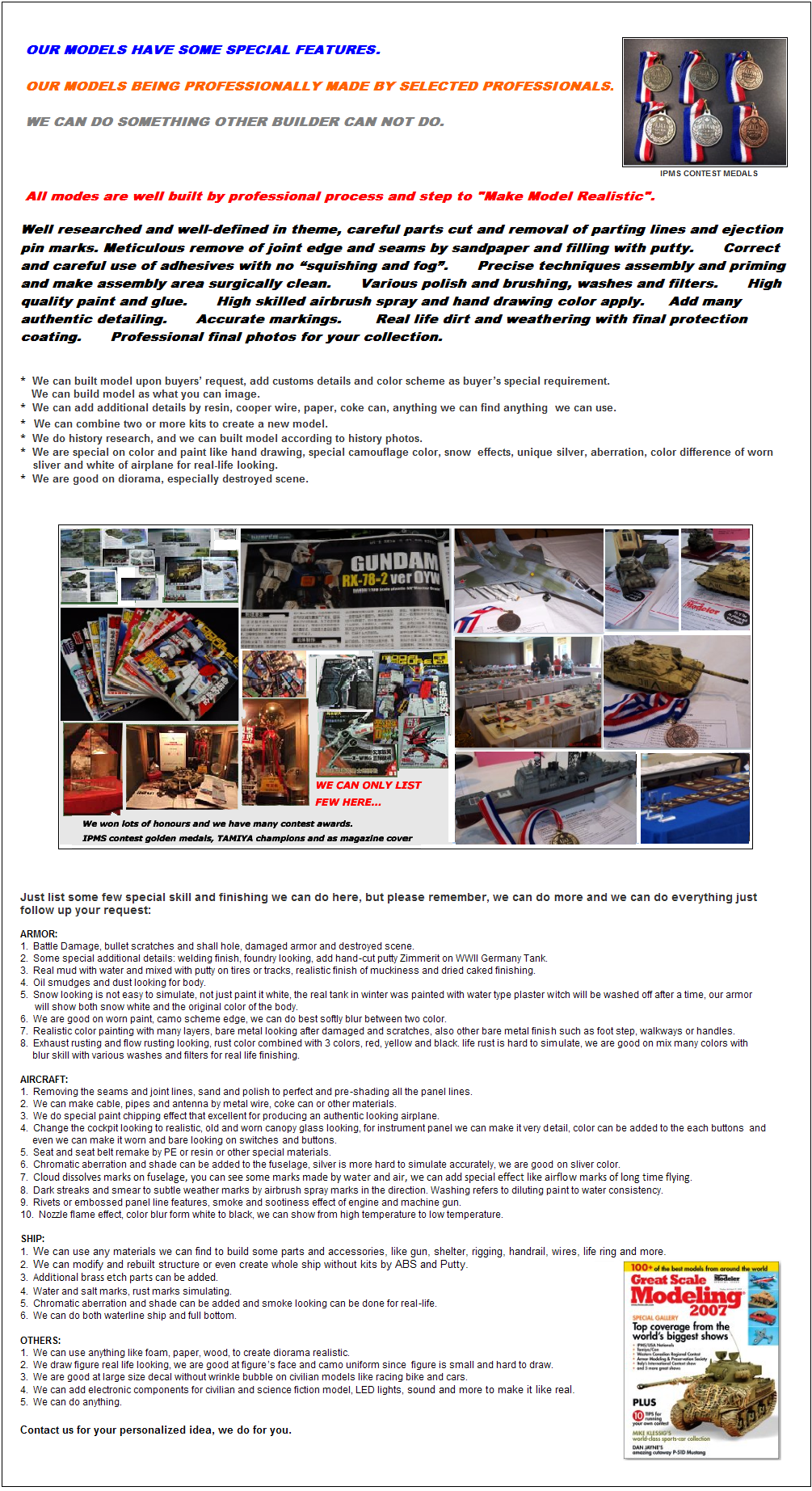
|
 |
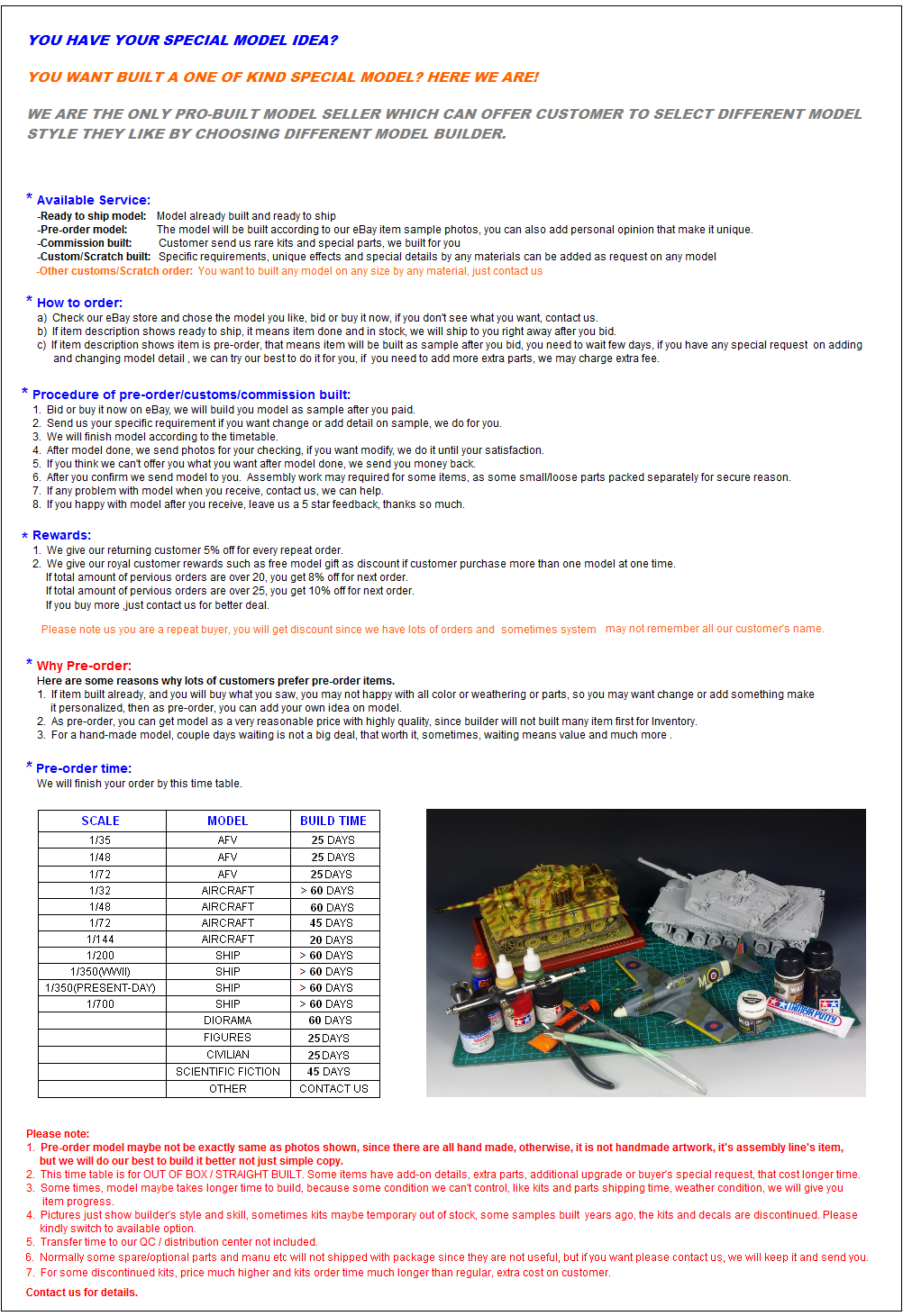 |
 |
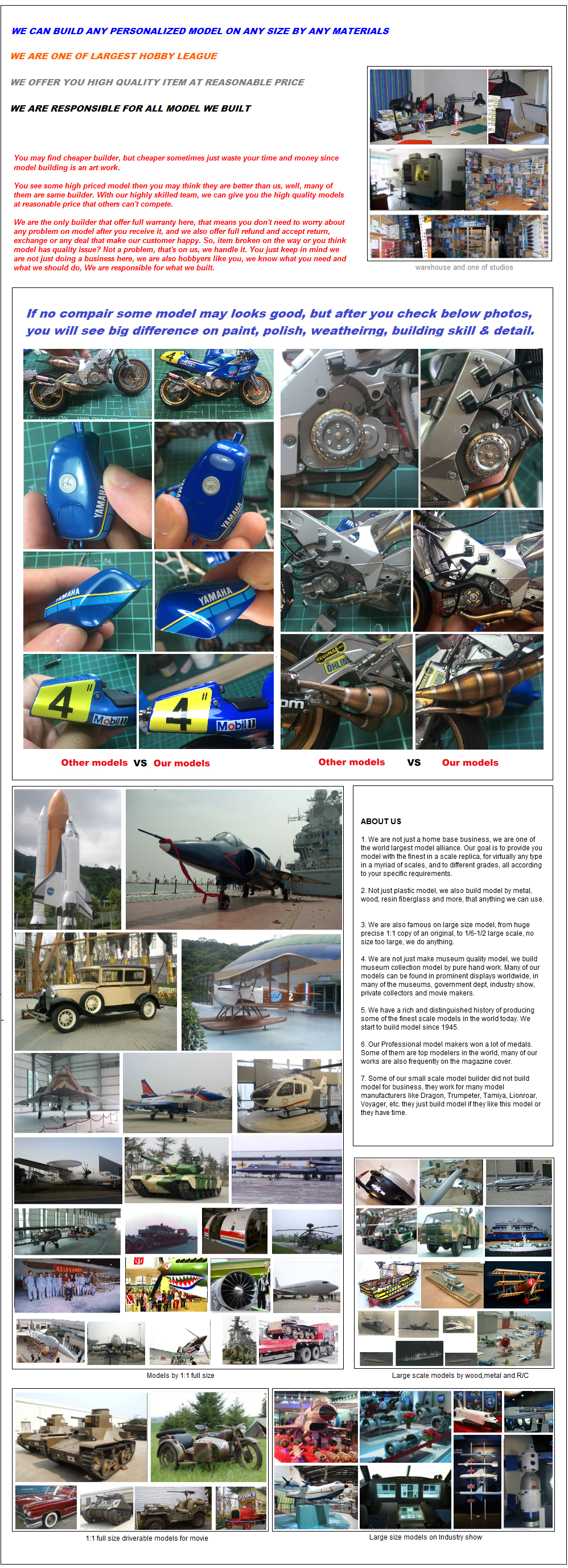 |
 |

|
 |
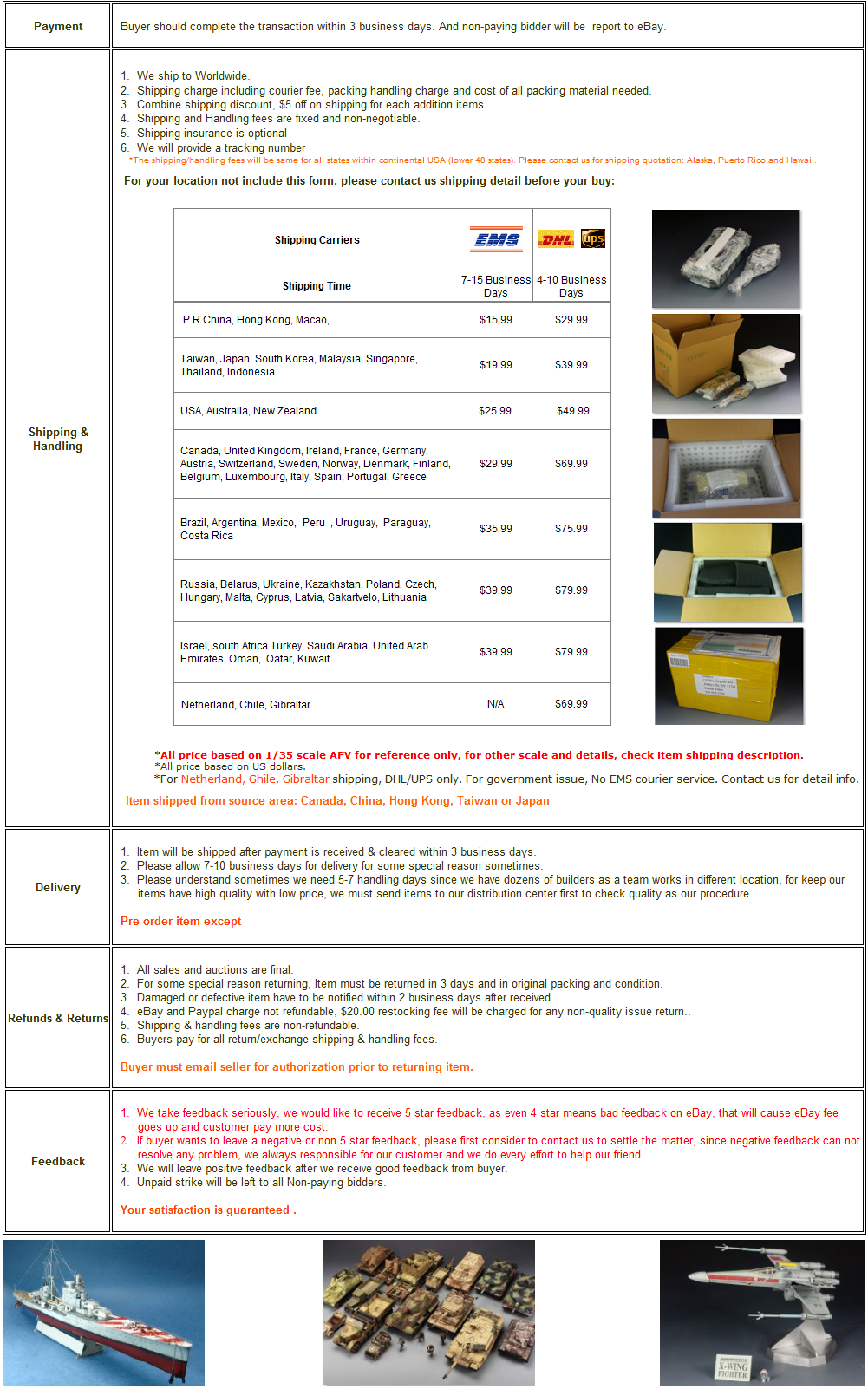
|
 |
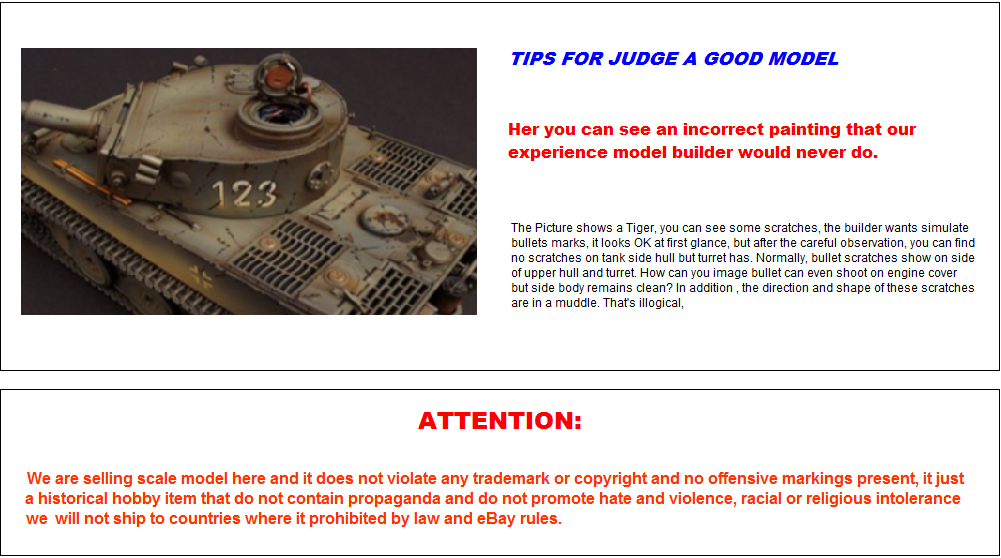
|
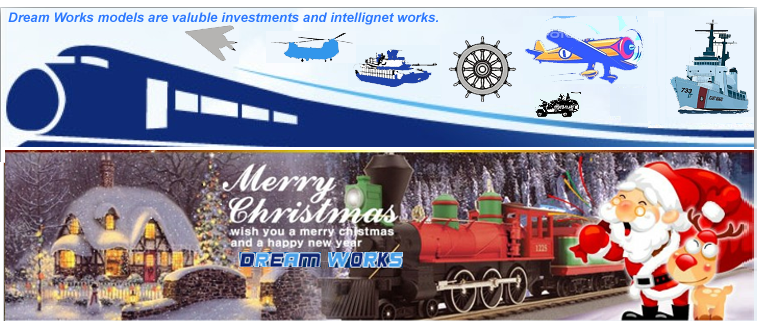 | |